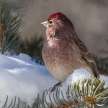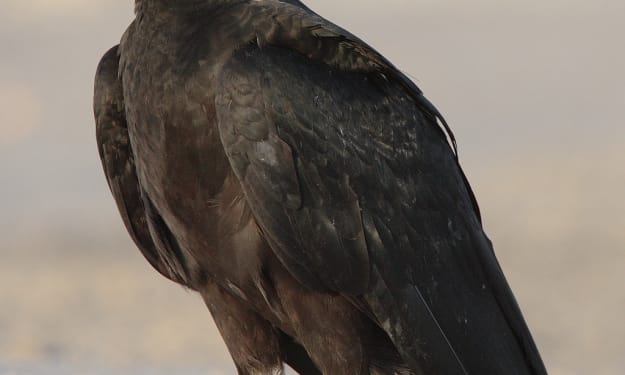
The Andean tinamou (Nothoprocta pentlandii) is a tinamou found usually in high altitude shrubland, in the South American Andes. All tinamou are from the tribe of Tinamidae and are also ratites in the broader scheme. Tinamous, like other ratites, can float but in general they are not fast fliers. All ratites originated from ancient flying birds and tinamous are the nearest living relative to these birds. Pentlandii is the Latin version of Pentland commemorating Joseph Barclay Pentland, an Irish adventurer. The Andean tinamou is roughly 27 cm long. The upper parts are greyish-gray to light olive, and barred in black and white. The Andean tinamou is present in the Andes, from southern Ecuador to central Chile, as well as in Argentina's Sierras de Córdoba. It prefers subtropical and coastal shrubland at elevations between 800 and 4,100 m. Classics on IUCN. IUCN's breast is brown and white or cream coloured, its belly is red or white and its crown is purple, its head and chest sides are mottled grey and its legs are yellow. Seven subspecies of Andean Tinamou have been described, ranging from southern Ecuador to Chile and central west Argentina. As the name suggests, this species primarily inhabits montane scrub and grassland, and is also present at the edges of Polylepis forest areas, from 1500 to 4000 m; but there is also a lowland population in western Peru, estimated at 200–900 m. This is not surprising that the plumage of the species is extremely variable considering the number of subspecies known but this tinamou can also be distinguished from the similar yet larger Ornate Tinamou by the appearance of spotting on the breast and head sides. The Andean Tinamou is seen more often as a bird is flushing with noisy wingbeats from a cover base. The birds, normally under bush cover, feed on berries, seeds, onions, beetles, and small onions and nest on the ground. Tinamous are stormy desert birds with very short tails and long wings; they resemble tailless quails superficially. Andean Tinamou is a medium sized steppe tinamou with a gently curved tail, and a narrowly crested head. The plumage is genetically complex but all Andean Tinamous have a streaked pattern on the upper parts and the breast is spotted with white; only the breast is brown in some subspecies. The races are similar. The southern populations of Andean Tinamou in Argentina are rising November-February, and breeding will start as early as September. Further information on their more northerly breeding is available. The Peruvian Andes subspecies oustaleti is on eggs from December to May, with some records of immaturity in June; and Andean Tinamou is expected to increase from December to March in the Andes of southern central Peru, with immaturities frequently reported in April. The nest is a tiny depression on the ground, about 15 cm long and 7 cm deep, full of grass, thin stems and a few feathers, and conc. The eggs are Chocolate deep. Geographic range of Andean Tinamou is very wide. This tinamou is usually very natural and seems to be healthy to the populace. The status of Andean Tinamou in the IUCN Red List is classified as the Least Concern. The Tinamou Andean has a curved leg, and a lighter mandible. Both forms bear a dusky, slender line from behind the ears on the sides of the mouth. The tops have complex black and brown dot patterns, and white lines. The breast on the lower belly is greyish, advancing toward white. It forages from open grasslands with shrubs, and Andean forest, and cultivated areas in diverse types of ecosystems. At higher elevations, that resembles the larger Ornate Tinamou. It is not known that the Curve-billed Tinamou overlaps.
About the Creator
MB
I am a bird aficionado and really enjoy spotting them them on hikes. I greatly appreciate the variety of birds cross North America and the world. They are amazing and intelligent creatures, each so unique and with a wonderful life.






Comments
There are no comments for this story
Be the first to respond and start the conversation.